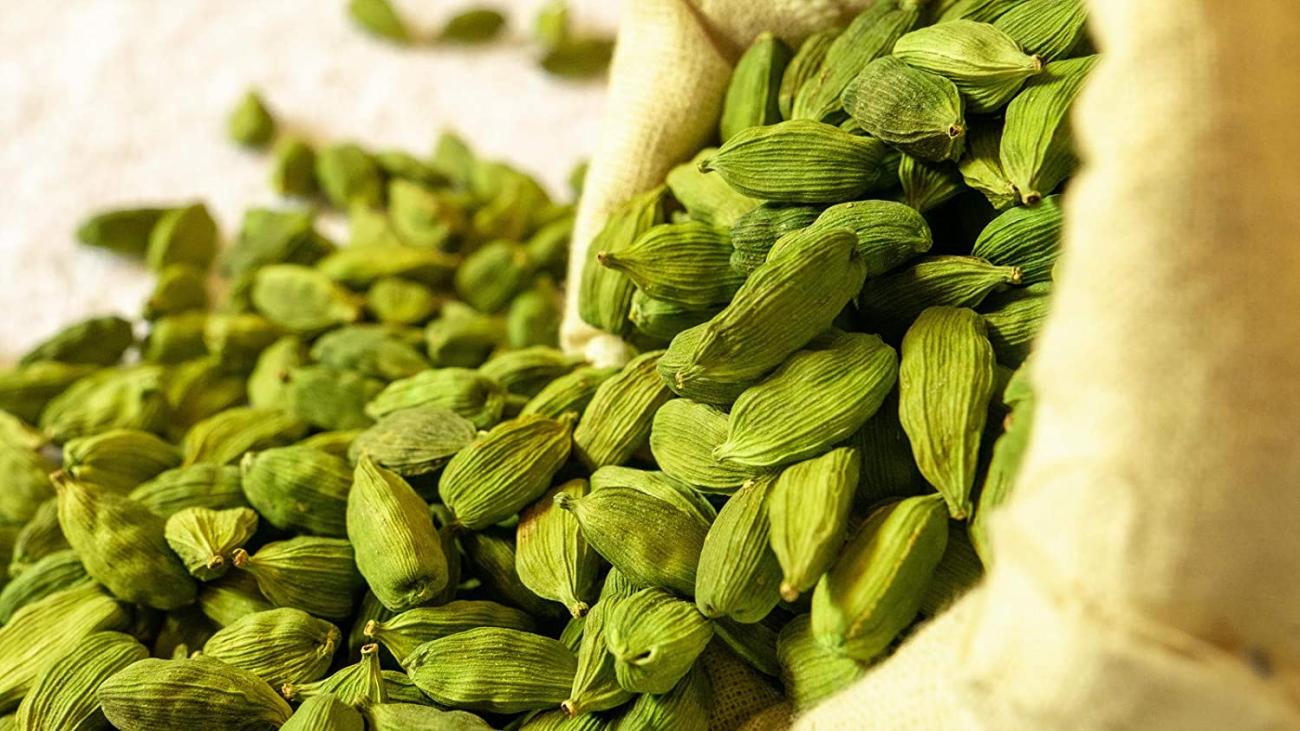October 31, 2023
Cultivating the “Queen of Spices”: Cardamom

Introduction
- Cardamom, famously hailed as the “Queen of Spices,” is a prized member of the Zingiberaceae family. Native to the lush, evergreen rainforests of the Western Ghats in South India, it has gained global recognition for its distinctive flavor and aromatic properties. This article delves into the intricacies of cardamom cultivation, shedding light on its preferred soil and climate conditions.
Geographic Preference
- Primarily cultivated in the southern states of India, namely Kerala, Karnataka, and Tamil Nadu, cardamom thrives in specific geographical niches. Its natural habitat in the Western Ghats provides the ideal environment for its growth.
Soil and Climate Considerations
Soil Composition
- Cardamom flourishes in forest loamy soils, typically characterized by their acidic nature with a pH range of 5.0–6.5. These soils offer a nurturing base for the development of this valuable spice.
Altitude and Temperature
- This versatile crop can be successfully grown at elevations ranging from 600 to 1500 meters. It displays remarkable adaptability to temperatures between 10 to 35 degrees Celsius, showcasing its resilience to varying climatic conditions.
Rainfall Requirements
- Cardamom cultivation is particularly reliant on an adequate water supply. A rainfall range of 1500 to 4000 mm annually proves conducive to its optimal growth.
Soil Enrichment
- To maximize the growth potential of cardamom, it is recommended to plant it in humus-rich soils. These soils should possess low to medium available phosphorous content and medium to high available potassium levels. Such conditions provide an advantageous foundation for the development of this valuable spice.
Medicinal and Culinary Significance
- Apart from its reputation as a culinary flavor enhancer, cardamom finds extensive usage in traditional medicine. Its therapeutic properties have made it a valuable ingredient in various medicinal formulations.
Conclusion
- In conclusion, the cultivation of cardamom demands a specific set of environmental conditions, ranging from soil composition to altitude and temperature considerations. Its affinity for the Western Ghats’ rainforests in South India underscores its unique ecological niche. By adhering to these prescribed conditions, cultivators can unlock the full potential of this “Queen of Spices” and harness its manifold benefits for both culinary and medicinal purposes.
Daily Gist : The Hindu/Indian Express : 30 Jan 2025
January 30, 2025
Gist of editorial : the Hindu/ Indian Express/20 Jan 2025
January 20, 2025
Daily the Hindu/ Indian Express Editorial Gist: 14 Jan 2025
January 14, 2025
